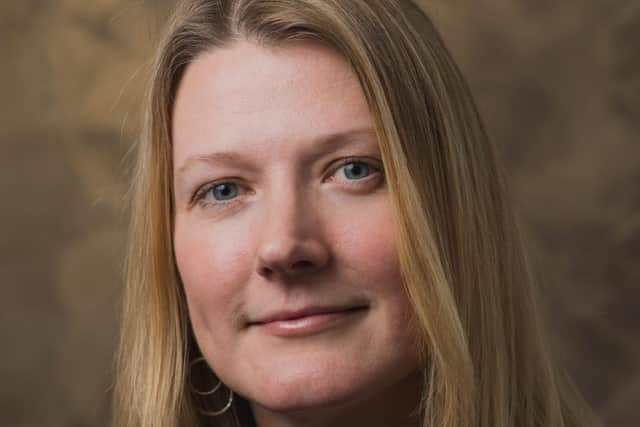A community approach can chart the path to cleaner air
and live on Freeview channel 276
In an article published by Policy@Manchester, Professor Sheena Cruickshank highlights that outdoor air pollution contributes to 4.2 million global deaths every year. She continues: “Greater Manchester (GM) has among the worst levels of pollution in the UK. It has been estimated that poor air quality contributes to around 1,200 premature deaths each year in the city region.”
Professor Cruickshank describes “vehicular transport” as “a major contributor to pollution” and points out that plans to improve pavements and implement cycle lane networks are underway in several GM boroughs. But she adds: “The network does not include all parts of GM and notably some areas remain pollution hot spots.”
Advertisement
Hide AdAdvertisement
Hide AdOne such place is Ardwick, a central area of Manchester bordered by busy major roads, on which she has led ongoing academic research with Ardwick Climate Action. “Analysis of pollution levels near several GM schools including the primary school in Ardwick reveal high levels of pollution,” she writes. “In consultation workshops, Ardwick residents expressed concerns about high levels of pollution, and safety of pathways, pavements and traffic crossings, stating all contributed to a reduction in physical activity and use of active transport.”


Building on a previous Ardwick study, the team has been exploring the barriers to active travel and developing solutions to encourage walking in the area including the establishment of a local programme to renew green spaces and create small planted havens.
Professor Cruickshank writes: “By partnering with the community, the project has been able to highlight particular areas that may require safety interventions and should enable targeted action which, in times where there are budgetary constraints, is all the more important. Notably, planted areas were linked to lower pollution.”
And she argues that enhancing infrastructure for active travel “enables safe travel, not just for the community in Ardwick, but has positive effects for neighbouring communities who may want to take active travel via Ardwick.” She continues: “This approach highlights that by taking a local community-centred approach to policy interventions, you can deliver real improvements to active travel take-up.”
Advertisement
Hide AdAdvertisement
Hide AdBased on the research, the University of Manchester academic advances three policy recommendations.
First, she argues that policymakers should adopt a “place-based participatory research geared towards the needs of local communities to tackle air pollution levels.”
Second, she urges organisations such as Transport for Greater Manchester to strengthen links with neighbourhoods and community groups to ensure that “transport options and infrastructure work for each community and connect communities and areas in a way that allows residents and commuters to use active travel for their complete journey.”
And third, Professor Cruickshank makes the case for planners and developers to include “a minimum green space quota” in all new transportation infrastructure projects. She adds: “This might include ‘pocket parks’ along busy roads to significantly and cost-effectively reduce pollution exposure.”
‘Charting a path to clean air: A community-centred approach to active travel policy’ by Professor Sheena Cruickshank is available to read on the Policy@Manchester website.